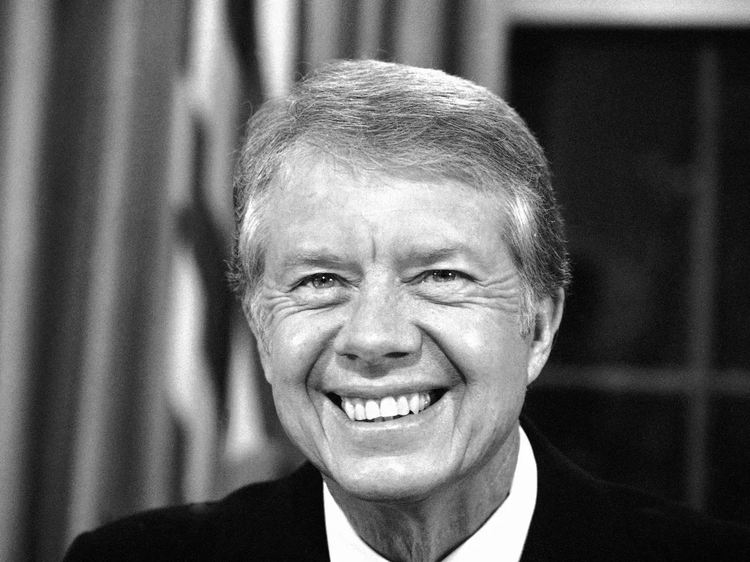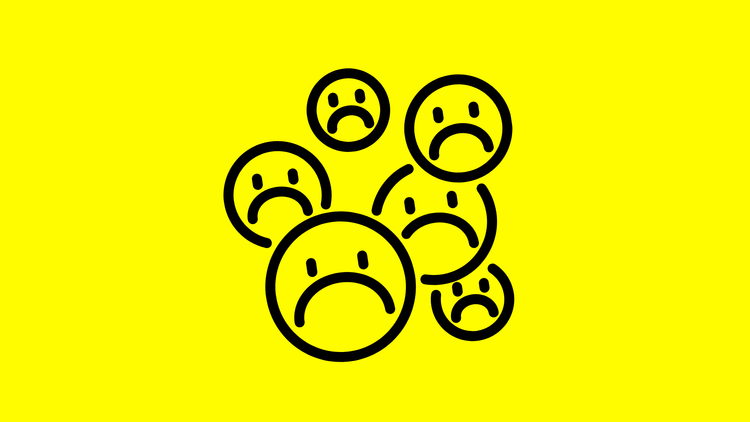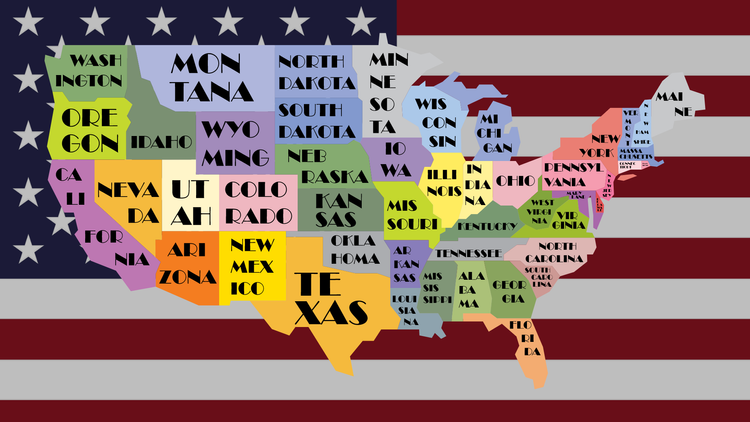How Traditions Start and Grow
Originally established in 1885 in recognition of President George Washington, the holiday became popularly known as Presidents Day after it was moved as part of 1971’s Uniform Monday Holiday Act, an attempt to create more three-day weekends for the nation’s workers.
For a people who fought a revolution over executive authority, Americans sure love their presidents. We carve them into mountains, honor them with prominent memorials, and name children and airports after them.
Presidents’ Day is a less patriotic holiday than, say, Independence Day. Museums and cultural institutions do specific historical programming to celebrate our nation’s chief executives, but for the most part, people are not waving flags or reenacting famous battles.
Nevertheless, on the third Monday of every February, Americans take time off, reflect on their country’s improbable journey, and click on every flag-covered email from their favorite retailer promising BIG DEALS.
Most people cannot imagine not having this three-day weekend. So, with what started as a day to celebrate George Washington’s birthday, we now have an American tradition.
Traditions start somewhere. As Hallmark has been doing for over a hundred years, traditions are shepherded through society by a committed few.
The champion of modern Presidents’ Day was Senator Robert McClory, who happened to be — like many great Americans — a product of the Marine Corps and Dartmouth College.
On this cloudy Monday, I say thank you, Senator McClory.
As a big believer in congressional checks on the executive branch, I don’t know why, exactly, we are celebrating, but I was just offered a sweet deal on something I don’t need.
I cannot wait until Black Friday!





